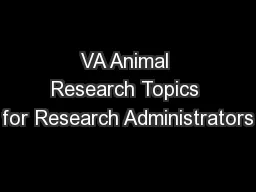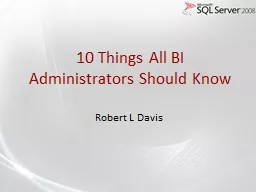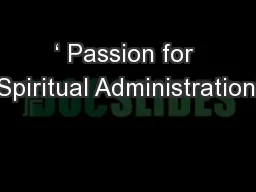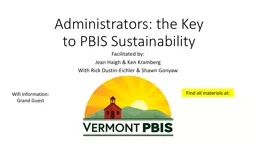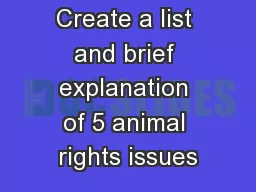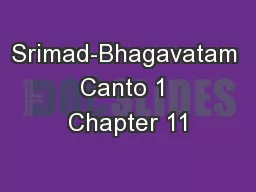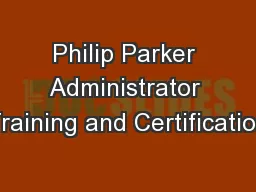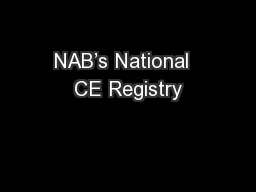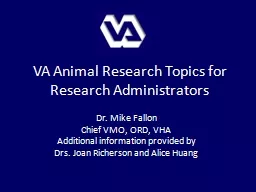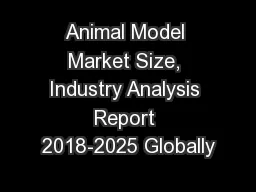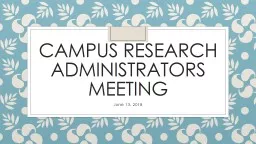PPT-VA Animal Research Topics for Research Administrators
Author : cheryl-pisano | Published Date : 2018-10-30
Dr Mike Fallon Chief VMO ORD VHA Additional information provided by Drs Joan Richerson and Alice Huang Note To see the answers to the survey questions you must
Presentation Embed Code
Download Presentation
Download Presentation The PPT/PDF document "VA Animal Research Topics for Research A..." is the property of its rightful owner. Permission is granted to download and print the materials on this website for personal, non-commercial use only, and to display it on your personal computer provided you do not modify the materials and that you retain all copyright notices contained in the materials. By downloading content from our website, you accept the terms of this agreement.
VA Animal Research Topics for Research Administrators: Transcript
Download Rules Of Document
"VA Animal Research Topics for Research Administrators"The content belongs to its owner. You may download and print it for personal use, without modification, and keep all copyright notices. By downloading, you agree to these terms.
Related Documents

